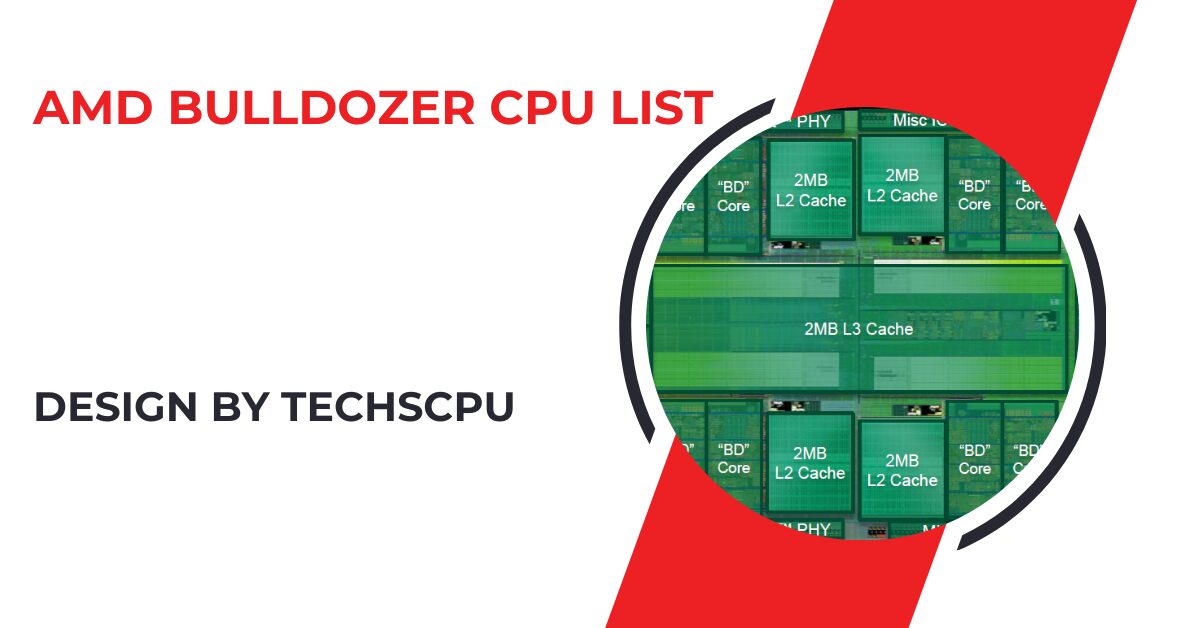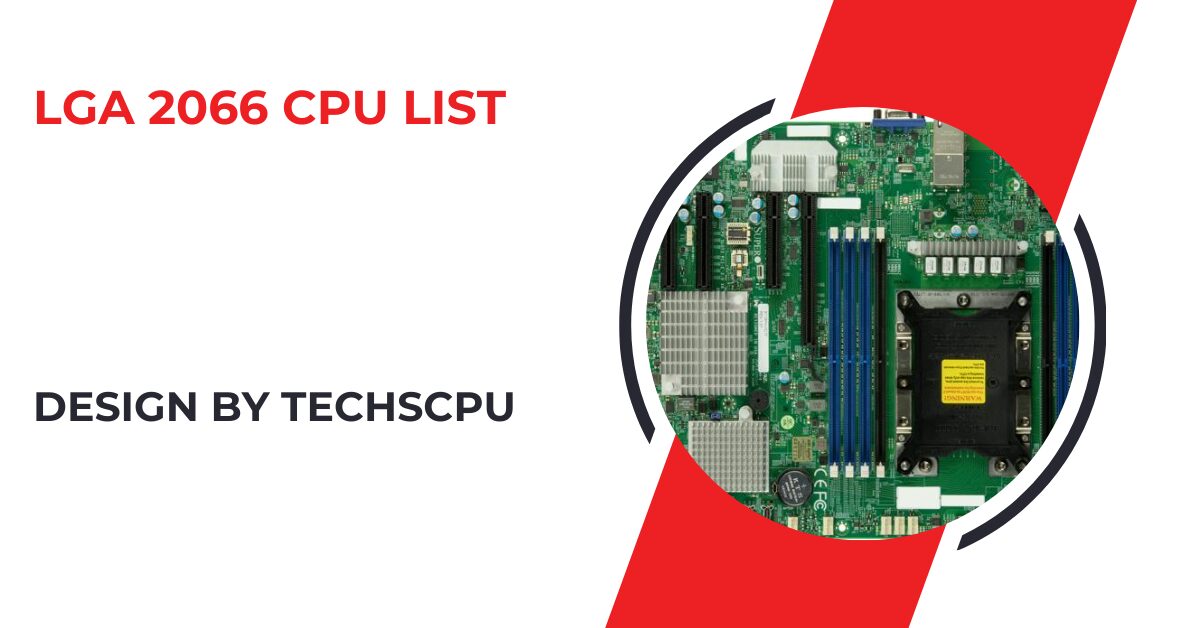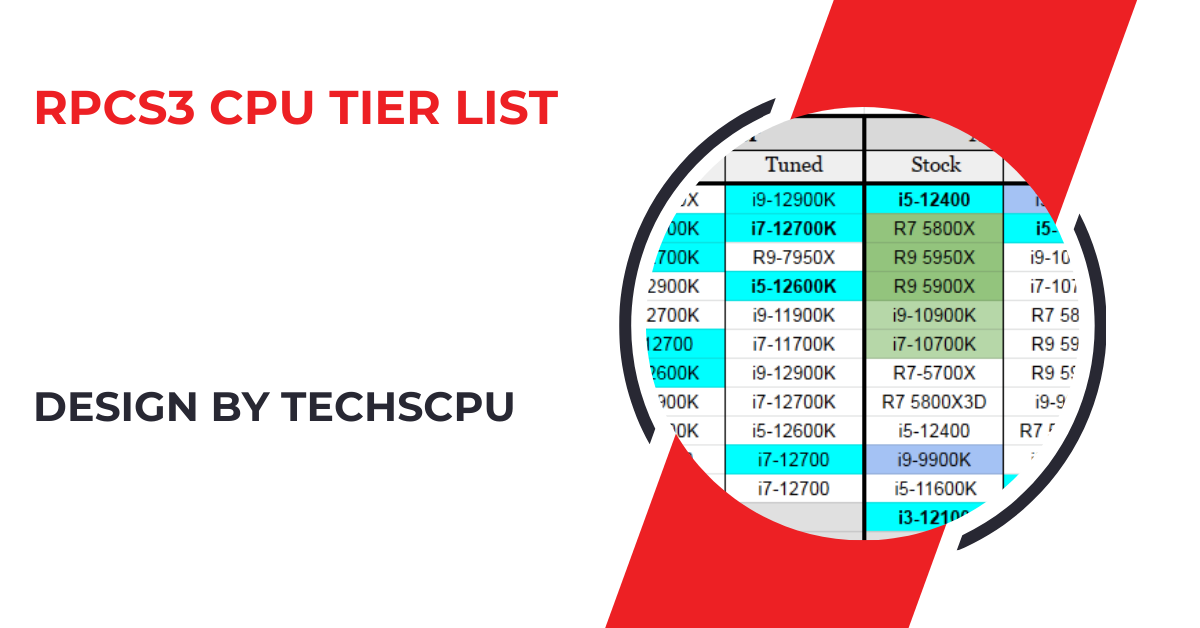The AMD Bulldozer architecture, introduced in 2011, featured a modular design and high core counts, targeting high-performance computing and enthusiast markets.
This article will provide an in-depth look at the Bulldozer family, its specifications, performance, and unique features.
Introduction to AMD Bulldozer Architecture:
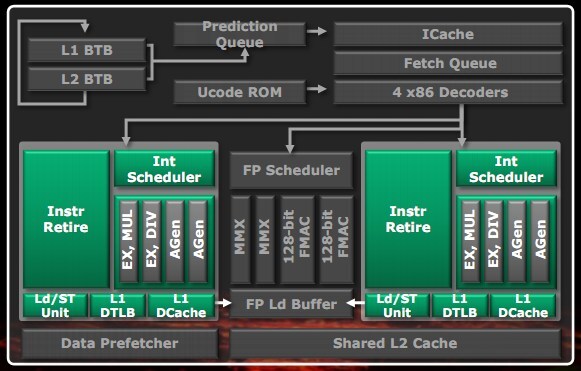
The AMD Bulldozer architecture was introduced in October 2011 as a successor to the K10 microarchitecture. Bulldozer was designed to deliver improved performance and efficiency, targeting high-performance computing and enthusiast markets.
It was AMD’s first architecture to use a modular design, where each module contained two integer cores and a shared floating-point unit.
Key Features of Bulldozer CPUs:
- Modular Design: Bulldozer’s modular approach allows for better resource sharing and efficiency. Each module consists of two integer cores that share a single floating-point unit (FPU), L2 cache, and fetch/decode units. This design aims to optimize performance by enabling better multitasking and parallel processing capabilities.
- High Core Count: Bulldozer CPUs feature a high core count, with models offering up to 8 cores. This makes them particularly well-suited for applications that benefit from parallel processing, such as video editing, 3D rendering, and scientific simulations.
- Advanced Power Management: Bulldozer introduced Turbo Core 2.0 technology, which dynamically adjusts the clock speeds of the CPU cores to balance performance and power consumption. This allows for temporary boosts in performance when needed while conserving energy during less demanding tasks.
- Support for Advanced Instructions: Bulldozer CPUs support a variety of advanced instruction sets, including AVX (Advanced Vector Extensions), AES (Advanced Encryption Standard), and FMA4 (Fused Multiply-Add). These instructions enhance performance in specific applications, such as cryptography, multimedia processing, and scientific computations.
Also Read: E5 V4 Cpu List – Features, Specs, and Applications!
List of AMD Bulldozer CPUs:
Here’s a detailed list of AMD Bulldozer CPUs, categorized by series:
AMD FX-Series:
The FX-Series was the flagship line of Bulldozer CPUs, designed for gamers and enthusiasts. These CPUs offered high clock speeds and multiple cores, making them ideal for demanding applications.
- FX-8150:
- 8 cores
- 3.6 GHz base clock
- 4.2 GHz turbo clock
- 16MB total cache (8MB L2 + 8MB L3)
- TDP: 125W
- FX-8120:
- 8 cores
- 3.1 GHz base clock
- 4.0 GHz turbo clock
- 16MB total cache (8MB L2 + 8MB L3)
- TDP: 125W / 95W (E version)
- FX-6100:
- 6 cores
- 3.3 GHz base clock
- 3.9 GHz turbo clock
- 14MB total cache (6MB L2 + 8MB L3)
- TDP: 95W
- FX-4100:
- 4 cores
- 3.6 GHz base clock
- 3.8 GHz turbo clock
- 12MB total cache (4MB L2 + 8MB L3)
- TDP: 95W
AMD Opteron-Series
The Opteron series targeted servers and workstations, emphasizing reliability and scalability. These CPUs were designed to handle heavy multi-threaded workloads in enterprise environments.
- Opteron 6200 Series: Designed for high-performance servers with up to 16 cores per CPU.
- Opteron 6282 SE:
- 16 cores
- 2.6 GHz base clock
- 3.3 GHz turbo clock
- 16MB L3 cache
- TDP: 140W
- Opteron 6276:
- 16 cores
- 2.3 GHz base clock
- 3.2 GHz turbo clock
- 16MB L3 cache
- TDP: 115W
- Opteron 4200 Series: Targeted at energy-efficient servers with up to 8 cores per CPU.
- Opteron 4284:
- 8 cores
- 3.0 GHz base clock
- 3.7 GHz turbo clock
- 8MB L3 cache
- TDP: 95W
- Opteron 4256 EE:
- 8 cores
- 2.5 GHz base clock
- 3.2 GHz turbo clock
- 8MB L3 cache
- TDP: 35W
Performance and Benchmarks:
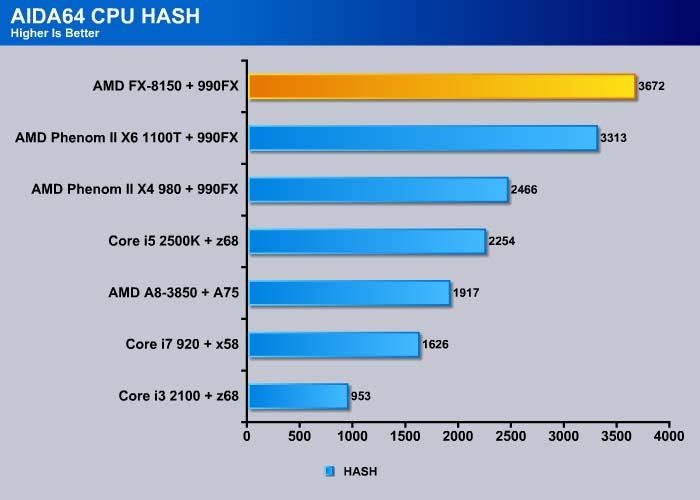
Bulldozer CPUs were known for their high core counts and strong multi-threaded performance. However, they faced criticism for their single-threaded performance compared to Intel’s offerings at the time. In multi-threaded applications like video encoding, 3D rendering, and scientific simulations, Bulldozer CPUs performed admirably.
Several benchmarks highlight the strengths and weaknesses of Bulldozer CPUs:
- Cinebench R15: In multi-core tests, Bulldozer CPUs like the FX-8150 scored well, thanks to their high core count. However, in single-core tests, they lagged behind Intel’s Sandy Bridge processors.
- Handbrake: In video encoding tasks, the FX-8120 and FX-8150 demonstrated strong performance, particularly when utilizing all available cores.
- 3DMark: Bulldozer CPUs performed well in graphics-intensive benchmarks, making them suitable for gaming when paired with a capable GPU.
Overclocking Potential:
One of the highlights of Bulldozer CPUs was their overclocking potential. Enthusiasts appreciated the unlocked multipliers on FX-Series CPUs, which allowed for significant overclocking.
With proper cooling, users could push these CPUs beyond their stock speeds for improved performance in demanding applications.
Comparison with Intel CPUs:
During its time, the Bulldozer architecture faced stiff competition from Intel’s Sandy Bridge and later Ivy Bridge processors. Here’s a comparison of key aspects:
- Single-Threaded Performance: Intel CPUs generally had an edge in single-threaded applications due to their higher Instructions Per Clock (IPC).
- Multi-Threaded Performance: Bulldozer CPUs performed competitively in multi-threaded workloads, thanks to their higher core counts.
- Power Efficiency: Intel’s architecture was more power-efficient, resulting in lower TDPs and less heat generation.
- Price-to-Performance: AMD’s Bulldozer CPUs offered a compelling price-to-performance ratio, particularly in multi-threaded applications.
Also Read: 1151 Socket Cpu List – Best Choices for Every Budget!
Future Developments and Legacy:
The Bulldozer architecture laid the groundwork for future AMD CPUs, including the Piledriver, Steamroller, and Excavator architectures. Each subsequent generation improved upon Bulldozer’s design, addressing performance and efficiency issues.
The lessons learned from Bulldozer ultimately contributed to the development of the highly successful Zen architecture, which revitalized AMD’s position in the CPU market.
FAQ’s
1. What is the AMD Bulldozer architecture?
The AMD Bulldozer architecture is a CPU design introduced in 2011, featuring a modular structure with two integer cores per module and shared resources for improved performance and efficiency.
2. What are the key features of Bulldozer CPUs?
Key features include a modular design, high core count, advanced power management with Turbo Core 2.0, and support for advanced instruction sets like AVX, AES, and FMA4.
3. Which Bulldozer CPU series is designed for gamers and enthusiasts?
The AMD FX-Series is the flagship line designed for gamers and enthusiasts, offering high clock speeds and multiple cores.
4. How do Bulldozer CPUs perform in single-threaded vs. multi-threaded applications?
Bulldozer CPUs excel in multi-threaded applications due to their high core counts but lag behind Intel’s processors in single-threaded performance.
5. What impact did Bulldozer have on future AMD CPU architectures?
Bulldozer laid the groundwork for future architectures like Piledriver, Steamroller, and Excavator, and contributed to the development of the successful Zen architecture, revitalizing AMD’s CPU market position
Conclusion
The AMD Bulldozer architecture represented a bold step forward for AMD, introducing new concepts and technologies. While it had its share of criticisms, particularly in single-threaded performance, it excelled in multi-threaded workloads and offered great value for high-performance computing tasks. Whether you’re building a gaming rig, a workstation, or a server, understanding the capabilities of Bulldozer CPUs can help you make an informed decision.
